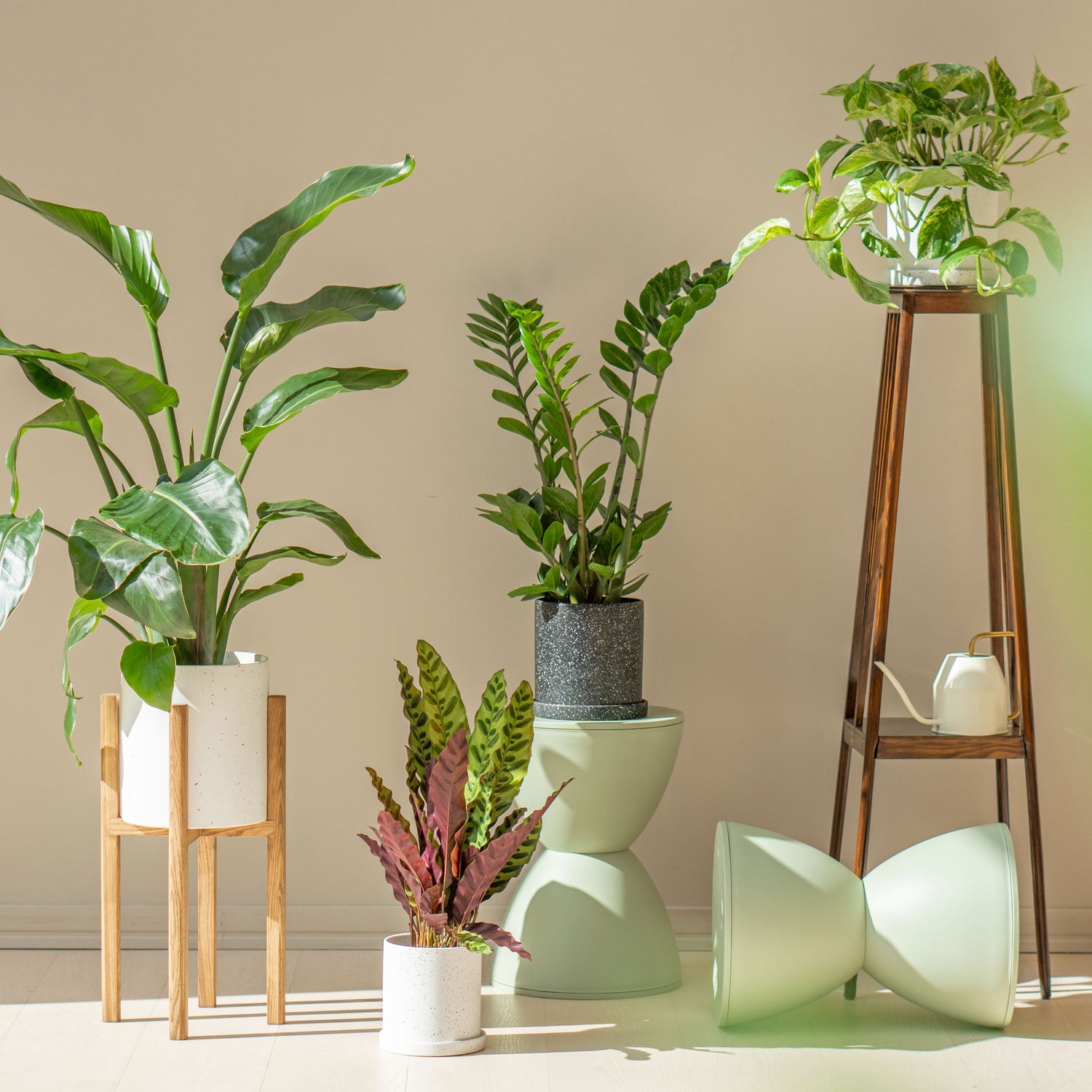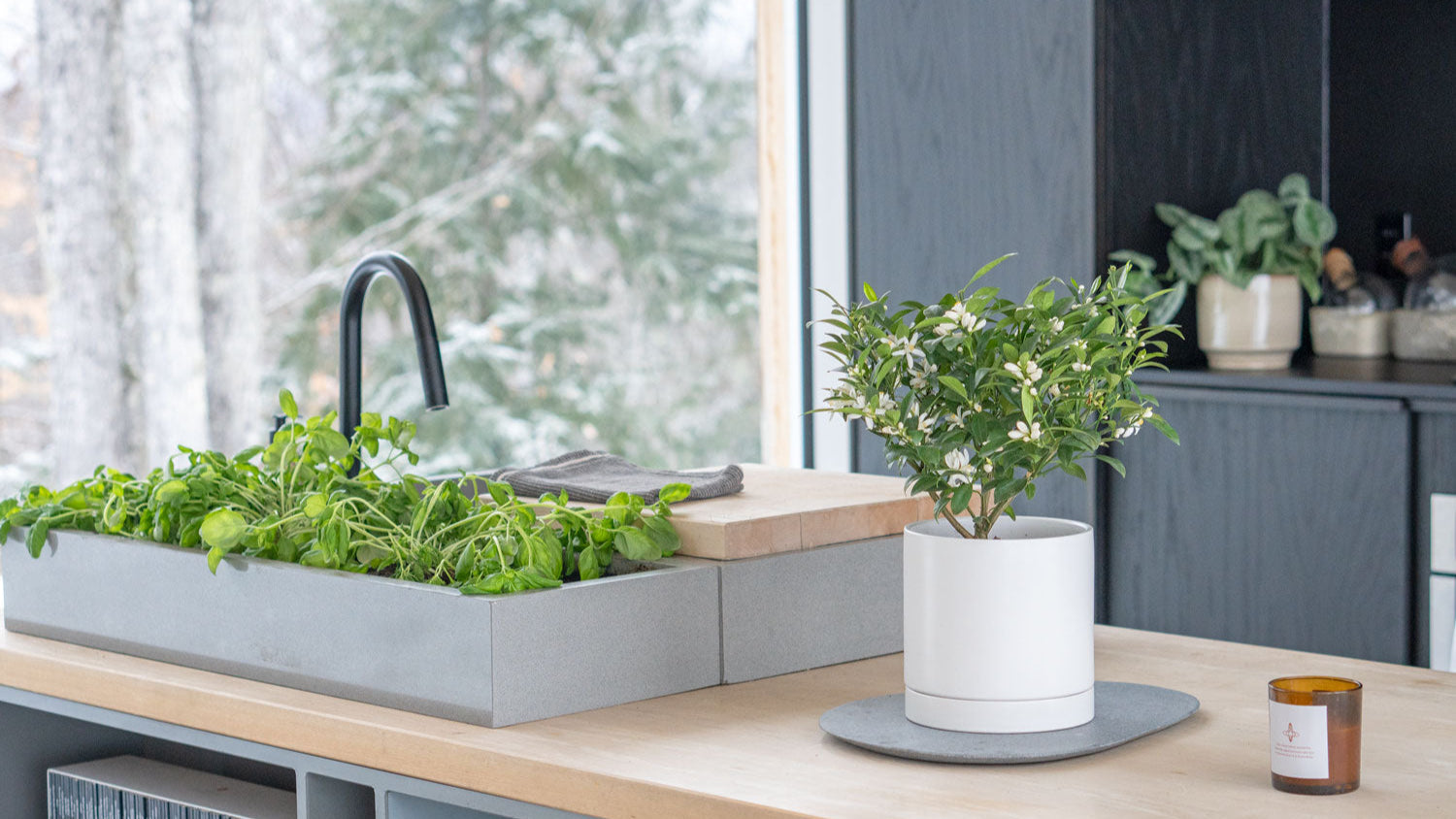
Preparing Your Indoor Plants for Spring: Essential Tips for a Thriving Season
As winter begins to wane and the promise of spring fills the air, it's time to prepare your indoor plants for the transition to warmer weather. With proper care and attention, you can ensure that your green companions emerge from their winter rest ready to thrive and flourish in the months ahead. Here are some essential tips and best practices for preparing your indoor plants for the joys of spring:
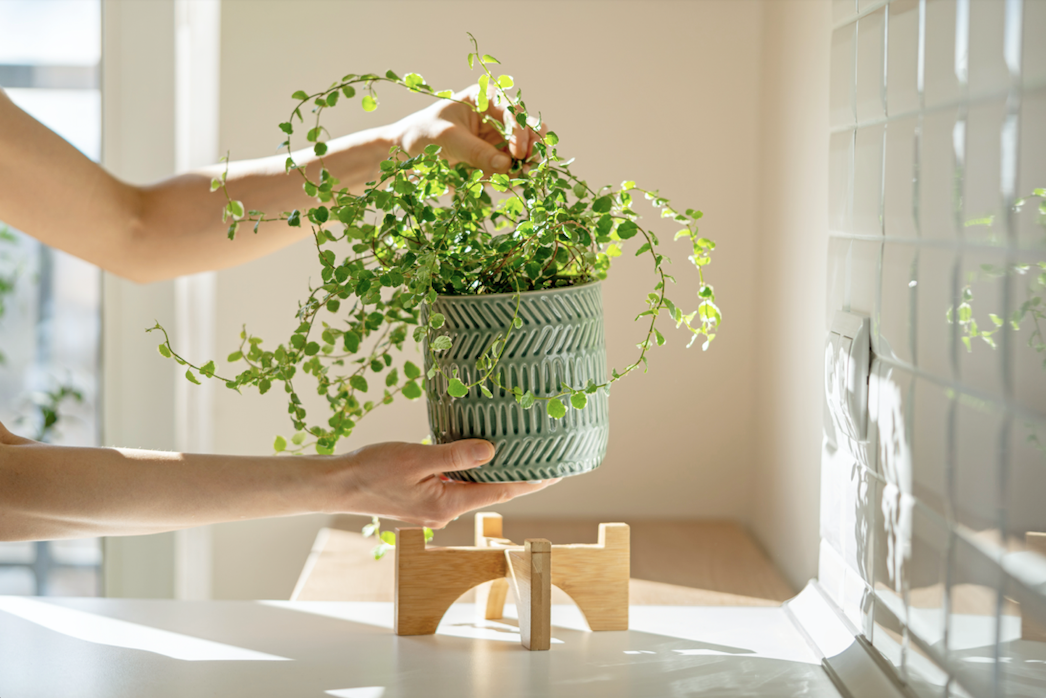
Assess Plant Health
Start by assessing the health of your indoor plants after the winter months. Look for signs of stress, such as yellowing leaves, wilting, or pest infestations. Remove any dead or damaged foliage to promote healthy growth and prevent the spread of disease.
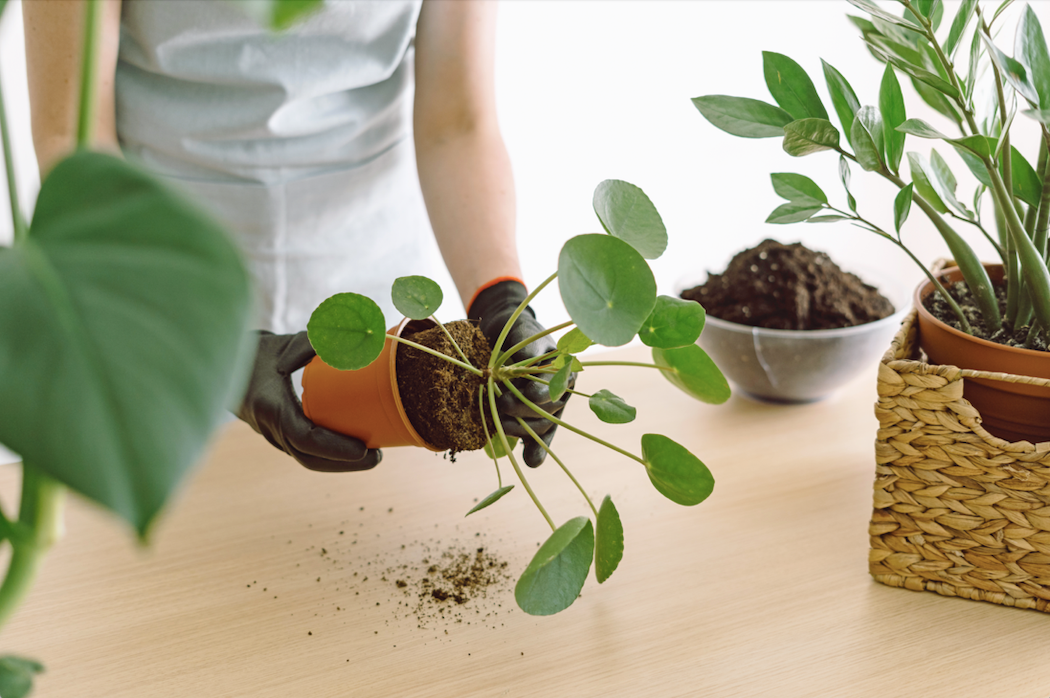
Repot if Necessary
Spring is an excellent time to repot indoor plants that have outgrown their containers or are showing signs of root-bound. Choose pots that are slightly larger than the current ones and use a well-draining potting mix to ensure optimal root health.

Prune and Trim
Trimming back leggy growth and removing dead or yellowing leaves can help rejuvenate indoor plants and encourage new growth. Pruning also helps to maintain a compact and attractive shape, ensuring that your plants look their best as they continue to grow.
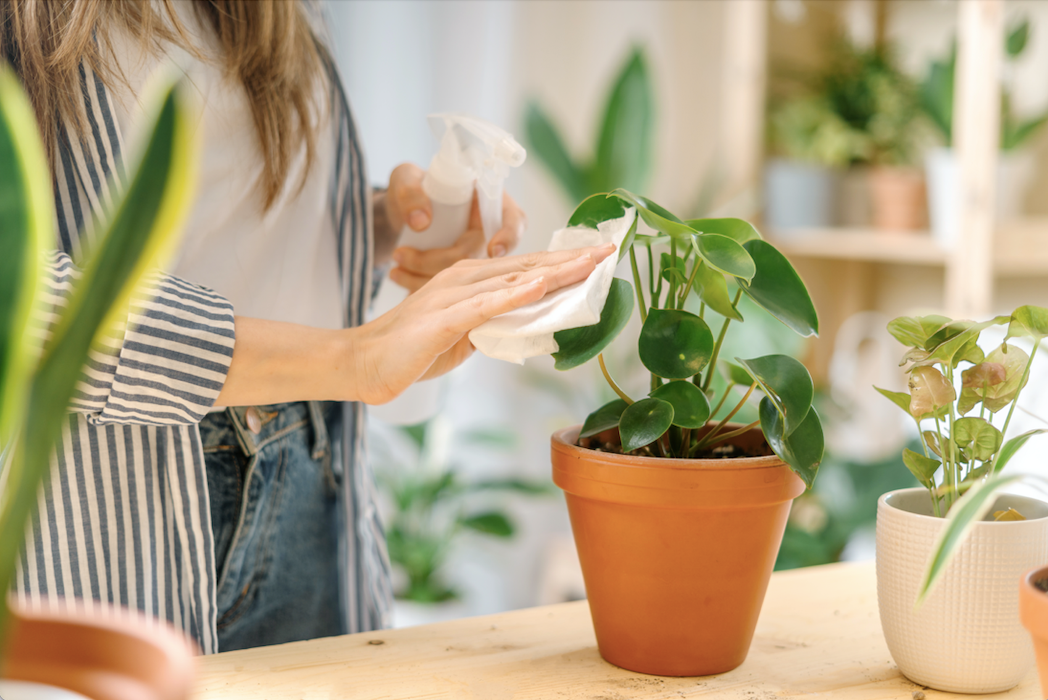
Clean and Dust
Give your indoor plants a thorough cleaning to remove dust and debris that may have accumulated on their leaves. This not only improves their appearance but also allows them to breathe more easily and absorb sunlight more effectively.
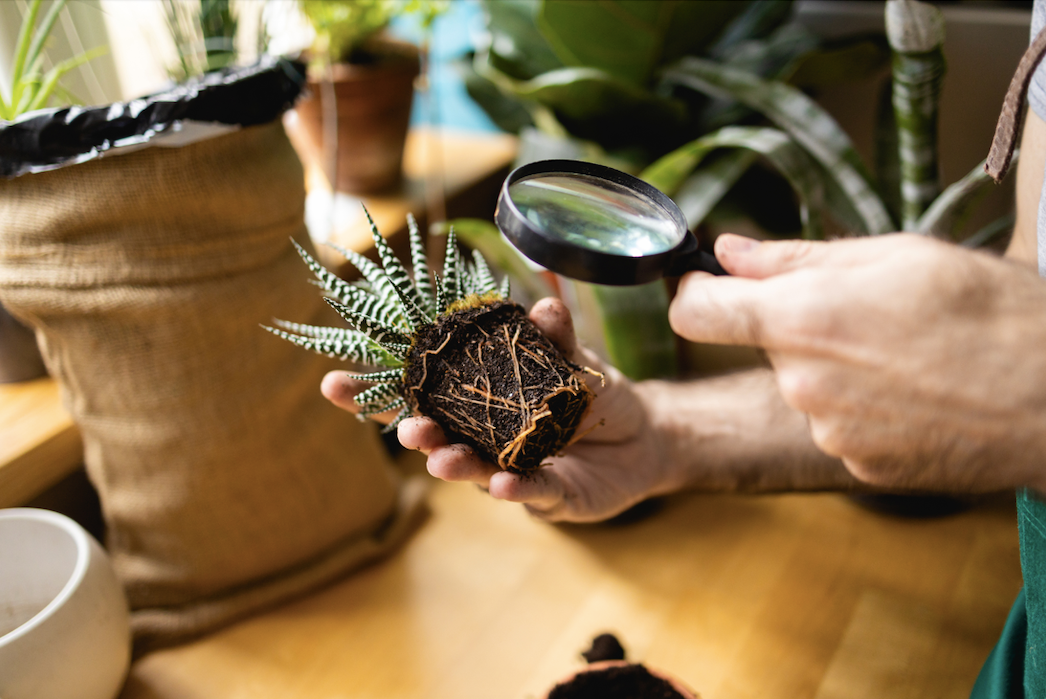
Check for Pests
Inspect your indoor plants for signs of pests, such as aphids, spider mites, or scale insects. If you notice any pests, isolate the affected plants and treat them promptly with insecticidal soap or neem oil to prevent further infestations.

Provide Adequate Light
As the days grow longer and brighter, ensure that your indoor plants receive adequate light to support healthy growth. Position them near windows or supplemental grow lights to maximize their exposure to natural sunlight.
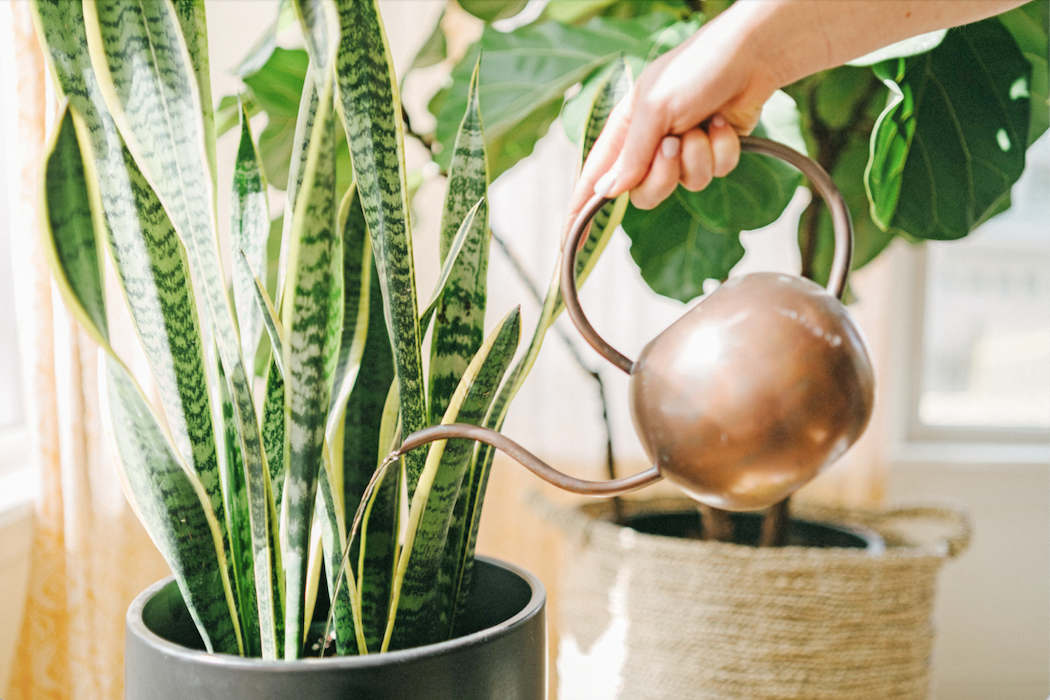
Adjust Watering Routine
With the onset of spring, indoor plants may require more frequent watering as they begin to grow more actively. Monitor soil moisture levels closely and adjust your watering routine accordingly, being careful not to overwater or underwater your plants.
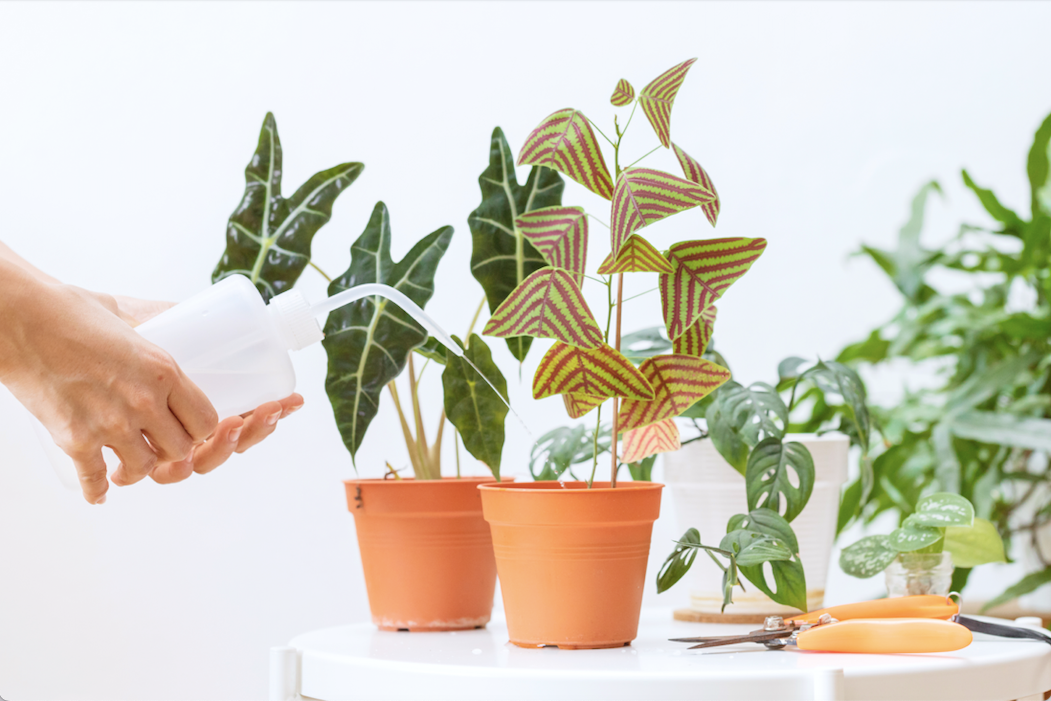
Introduce Fertilizer
As indoor plants enter their active growing season, consider supplementing their regular watering routine with a diluted, balanced fertilizer. This provides them with the essential nutrients they need to thrive and promotes robust growth and vibrant foliage.
By following these essential tips and best practices, you can prepare your indoor plants for a successful transition into spring. With proper care and attention, your green companions will reward you with lush foliage, vibrant blooms, and a renewed sense of vitality to brighten up your indoor space throughout the season.

